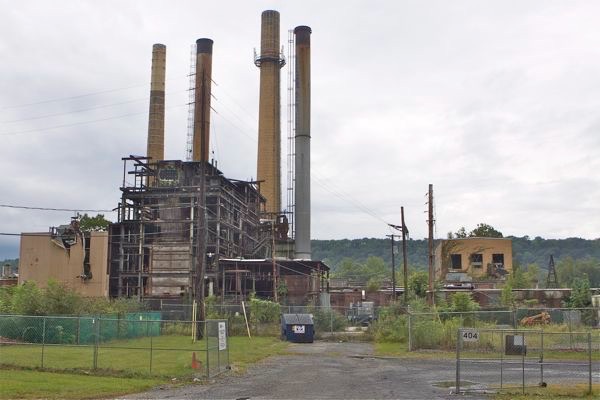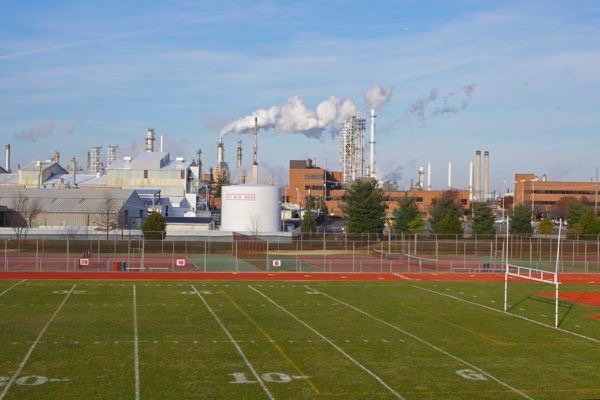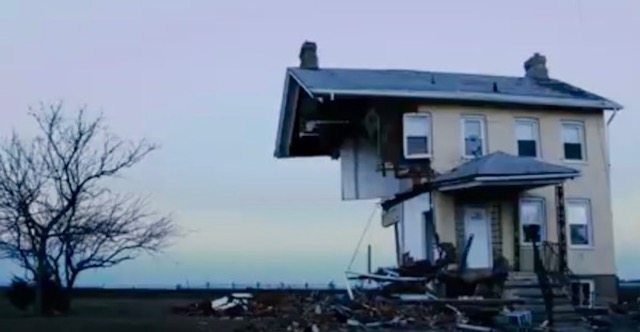Murphy DEP Urged To Close Regulatory Loopholes On Climate Change, Risk Assessment and Hazardous Air Pollutants
The Murphy DEP will hold its quarterly meeting with major air polluters industrial group (PIG) this Friday, October 4, 2019.
Here is the Agenda for that meeting – note especially that RGGI and risk assessment are on the agenda.
I strongly encourage the public to attend and ask tough questions and not let this be just another opportunity for proliferation of the cancer of DEP regulatory capture by corporate polluters.
I’ve written about all these issues many times and been completely ignored by DEP, environmental groups and the media. Regardless, I again copied Jon Hurdle of NJ Spotlight in hopes of some coverage and Jeff Tittel of Sierra and Doug O’Malley of Environment NJ who work on climate and RGGI.
Below are some questions for the public to ask – in the likely event that DEP stonewalls, then the next step I am prepared to take and urge your support of is filing a formal petition for rule-making.
These petitions can be used to frame a campaign to put scientific, legal, and political heat on Governor Murphy and DEP Commissioner McCabe.
Dear Mr. Mackney: (@ Hank.Mackney@dep.nj.gov)
I am unable to attend the subject meeting, but assume that you have a public comment opportunity and therefore provide the following comments for consideration by the Department and ISG. The comments cover 3 topics of concern, the first 2 of which are on the meeting agenda:
1. RGGI
The Department should impose an administrative moratorium on implementation of any “offsets” in the RGGI program pending adoption of rules, standards, and technical guidance that are adequately protective, address known flaws in the offset mechanism and allocate adequate staff resources that provide effective regulatory oversight, enforcement, transparency, and public involvement.
Those flaws have been documented by, among others, recent academic research on the California offset program, see:
Managing Uncertainty in Carbon Offsets: Insights from California’s Standardized Approach (August 2019)
https://www-cdn.law.stanford.edu/wp-content/uploads/2015/03/Managing-Uncertainty-in-Carbon-Offsets-SLS-Working-Paper.pdfPOLICY BRIEF: The California Air Resources Board’s US Forest offset protocol underestimates leakage
https://gspp.berkeley.edu/research/working-paper-series/policy-brief-arbas-us-forest-projects-offset-protocol-underestimates-leakaI recently wrote about the findings of those studies here – including an MIT Technology Review piece:
New Research Shows Carbon Cap & Trade Program Is Fatally Flawed
http://www.wolfenotes.com/2019/09/new-research-shows-carbon-cap-trade-program-is-fatally-flawed/Should the Department and ISG not support such a moratorium and regulatory reform effort, please advise, in which case I will submit a formal petition for rule making pursuant to the NJ Administrative Procedure Act.
2. Risk Assessment
The Department should impose an administrate moratorium on the issuance of air pollution control permits pending revisions to the Department’s current air pollution “acceptable risk” threshold and the current regulations, technical manuals, and guidance on risk assessment methods. Revisions must provide adequate protection of public health and implement a public health based “precautionary” policy.
Science and policy flaws in current regulations and Technical Manual on risk assessment (see: Technical Manual 1003 – Guidance on Preparing a Risk Assessment for Air Contaminant Emissions) include:
a) failure to consider the cumulative health risks and impacts of multiple pollution sources;
b) failure to consider the health risks and impacts of multiple pollutants;
c) failure to consider exposure by multiple pathways: air, water, soil, food, occupational;
d) failure to adequately consider health risks and impacts on sensitive receptors, like infants;
e) failure to consider actual ambient air pollution levels in the community (instead DEP limits the spatial consideration of the health risks and impacts at the facility “fence line”);
f) failure to require statistically valid characterization of baseline ambient air quality;
g) failure to advance a “precautionary” public health approach to scientific uncertainty;
h) failure to require safer alternatives, like pollution prevention and state of the art technology;
i) failure to phase out unacceptable hazards, like proposed perc phase out that was revoked
j) failure to consider disproportionate burdens on minority and/or disadvantaged communities;
k) failure to adequately inform and involve the community in permit reviews
l) failure to adopt health based ambient air quality standards for hazardous air pollutants;
m) failure to compile a state-wide database on total HAP emissions and ambient air quality;
n) failure to adequately regulate fugitive emissions and small sources of pollutants;
o) failure to make all of this transparent and understandable to the impacted public; and
p) failure to provide access and technical assistance to the public, while providing abundant assistance and access to polluters, including by the DEP Office of Permit Coordination, confidential pre-application conferences, unlimited and daily access to the DEP permit engineers, and frequent access to DEP managers.I provided additional technical detail supporting these claims in my recent comments on the draft NuSTAR permit, see:
Murphy DEP Issuing Permits That Allow Industrial Polluters to Emit Millions Of Pounds Of Carcinogenic Hazardous Air Pollutants Without Adequate Consideration of Health Impacts or Community Involvement
With respect to the cancer risk threshold, please see this:
NJ DEP’s Acceptable Air Pollution Cancer Risk Policy Is 1,000 Times Higher Than Drinking Water Risk
http://www.wolfenotes.com/2014/11/nj-deps-acceptable-air-pollution-cancer-risk-policy-is-1000-times-higher-than-drinking-water-risk/Should the Department and ISG not support such a moratorium and regulatory reform effort, please advise, in which case I will submit a formal petition for rule making pursuant to the NJ Administrative Procedure Act.
3. Lack of regulations governing greenhouse gas emissions
The DEP currently lacks any regulations to mandate reductions in greenhouse gas emissions.
The Department should impose an administrative moratorium on issuance of any air pollution, water pollution and land use permits until comprehensive regulations are adopted that provide enforceable requirements that will achieve the GHG emission reduction goals of the Global Warming Response Act.
Should the Department and ISG not support such a moratorium and regulatory reform effort, please advise, in which case I will submit a formal petition for rule making pursuant to the NJ Administrative Procedure Act.
I appreciate your timely and supportive reply.
Bill Wolfe




